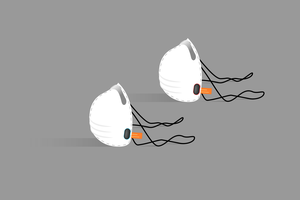The existing gyroscope-enabled controllers don't include a feedback system. They lack any physical feedback, as the one created by the spring tension in classical RC gimbals and wired joysticks. One main issue is the inability of the pilot to perfectly maintain the zero position, causing unwanted, erroneous inputs.
However, one hand wireless joysticks do have a lot of advantages over classical "gimbal" controllers. Besides the obvious accessibility features, we have a more ergonomic grip and more intuitive control, since the movements of the hand translate directly into movements on the craft/device.
In our initial testing, we have found that this device can flatten the learning curve for new drone pilots, since rewiring your brain and hand movements is not necessary. From my observations, new pilots tend to tilt the head or body in the directions in which they intend to move, but then slowly translate the movements into stick inputs. This step almost entirely skipped with our device.
Since the case and trigger assembly is based on the stellar work from the Tarantola NG by ikletti, some modularity and future upgrade paths will be available. Customisation is also an important factor in human interface design, and we want to provide the end user with the capability to customise and modify their own parts, or at least choose from a range of parts that are screwed together.
 [ E C C 0 ]
[ E C C 0 ]
 Animesh Chattopadhyay
Animesh Chattopadhyay
 RaptorTech
RaptorTech
 Supplyframe DesignLab
Supplyframe DesignLab
 Jan Kozák
Jan Kozák